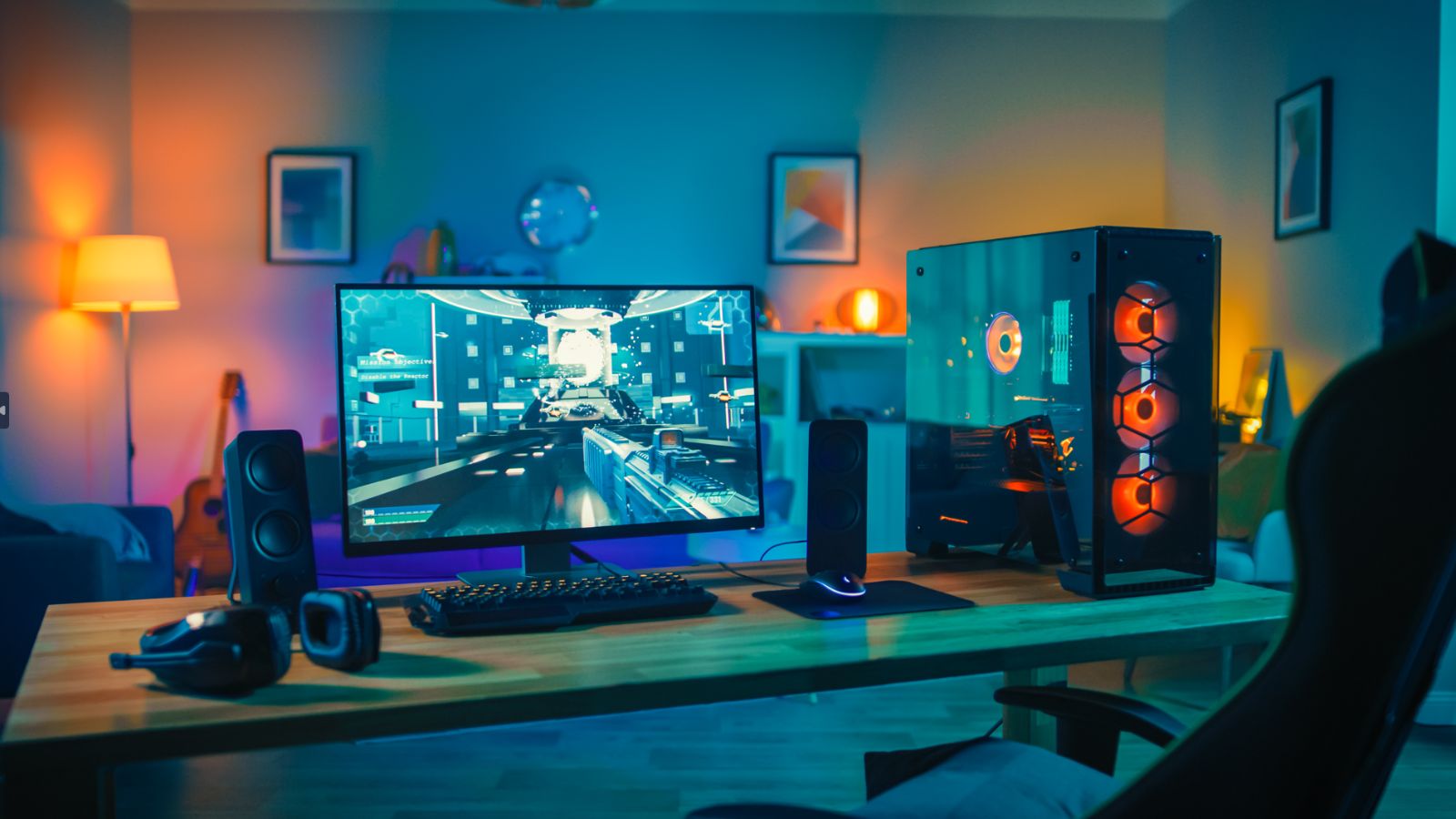The technological advancements of recent decades have transformed the tools and processes we rely on in our daily lives, making them almost unrecognizable from those of a century ago. These innovations have often made life simpler, healthier, and more connected, contributing to the efficient, globalized world we now inhabit. Here are 18 everyday essentials that have been significantly upgraded over the past 100 years.
Vehicles

Advanced cars and public transportation systems are commonplace today, but this was very different in the 1920s. The Discovery Channel says, “Suddenly, thanks to people like Henry Ford—who mass-produced the Model T, one of the most popular cars in the 1920s—families had the type of freedom they had never before experienced.”
Financial Transactions

A hundred years ago, financial transactions were cash-based or involved paper checks. This is a world away from the digital transactions and cryptocurrencies we know today. Credit cards were revolutionary for personal banking and spending, but they were not invented until the mid-20th century.
Telecommunication Devices

The smartphones we carry around today are a far cry from the phones of the 1920s, and according to Reader’s Digest, “Telephones in the ’20s typically had a separate mouthpiece and receiver. The design was known as the candlestick design and newer versions had a dial on the front so a person could call numbers directly.”
Personal Computers

Personal computers didn’t exist in the 1920s, and over the last 100 years, they have evolved from room-sized mechanically complex computers to the sleek portable devices we rely on for day-to-day activities and interactions today. In the 1920s, communication would have been via mail and phone, and the radio played a large role in people’s lives.
Photography Technology

The black and white film photography of the 1920s has developed into instant digital photography that can be stored easily without printing and edited to achieve the results you want. Modern photography is also about the sharing of memories and moments with family and friends.
Cooking Appliances

While modern kitchens feature a plethora of programmable cooking appliances, including ovens, microwaves, slow cookers, air fryers, and induction cooktops, the kitchens of the 1920s featured wood or coal-fired stoves. This meant temperatures could not be controlled, and keeping the stove burning was a hands-on task.
Clothing Materials

Today, synthetic fibers like polyester and nylon are widespread, offering affordability, durability, and ease of care, but 100 years ago, clothing was primarily made from natural fibers like cotton, wool, and silk. Modern clothing often incorporates functional materials like moisture-wicking fabrics and UV protection, making them more comfortable than the less functional clothing materials of the 1920s.
Home Lighting

Although electric lights were available from 1882, according to the National Park Service, “most still lit their homes with gas light and candles for another fifty years. Only in 1925 did half of all homes have electric power.” This is a staggering difference from the multiple electric lights we have today, which feature LED bulbs and smart control features.
Timekeeping Devices

From mechanical wind-up watches to a world of digital and smart watches, timekeeping is another part of everyday life that has significantly changed over the last 100 years. On top of the devices themselves, the accuracy of timekeeping has significantly improved, and we’re now able to be precise, even down to the nanosecond.
Entertainment Media

Live performances and silent films were the norm in the 1920s, but today, streaming services and digital downloads are common, meaning media is on demand. According to TCL USA, “Electronic television was first successfully demonstrated in San Francisco on Sept. 7, 1927. The system was designed by Philo Taylor Farnsworth, who had been working on it since 1920.”
Eyewear Technology

People of the 1920s were able to wear glasses to correct their vision, but these were clunky and had limited appeal in terms of style. Today, opticians are able to offer patients lightweight, fashionable eyewear or alternatives such as contact lenses and laser eye surgery for those who don’t want to wear glasses.
Agricultural Practices

Over the last century, there have been huge shifts in the way farmers can produce and manage food. There has been innovation in mechanical and digital machinery that allows precision and larger output than the manual labor and animal-powered machinery of the 1920s. Today’s farmers also have extensive knowledge and resources when it comes to managing disease and productivity.
Home Appliances

The late 1920s started to see fridges in the home grow in popularity, and before this point, many people relied on ice and other preservation techniques to keep food fresh. Laundry would have been a very manual process compared to today’s electric washing machines and tumble dryers.
Medical Technology

Today’s sophisticated medical imaging, treatments, and scientific research mean people are able to live healthier and longer lives compared to a hundred years ago. The discovery of penicillin represented a monumental stride in healthcare, but this wasn’t until the late 1920s, and before this, even minor injuries and infections were extremely hard to fight.
Educational Methods

The 1920s saw a one-size-fits-all approach to learning in small schoolhouses, but over the last century, this has significantly evolved. Modern education includes e-learning platforms, inclusive teaching, and personalized approaches that allow children from all walks of life to excel.
Footwear Technology

A hundred years ago, footwear was fairly basic and handmade using leather and other natural materials. Today, we have advanced in footwear design to create shoes specific for each activity, such as running or hiking, that work to support our feet under strain.
Cosmetic and Skincare Products

According to Smithsonian Magazine, “In the decades before the Roaring Twenties, nice girls didn’t wear makeup. But that changed when flappers began applying cosmetics that were meant to be noticed.” The basic, often homemade, cosmetic products of the past have evolved into a wide variety of scientific formulations in modern times.
Urban Planning and Architecture

Industrial growth and maximizing space were key to 1920s urban planning, leaving behind densely packed cities that lacked green space. Today, urban planners focus on providing city dwellers with open green space, safe places to walk, and sustainable development for a nicer environment to live and work in.

